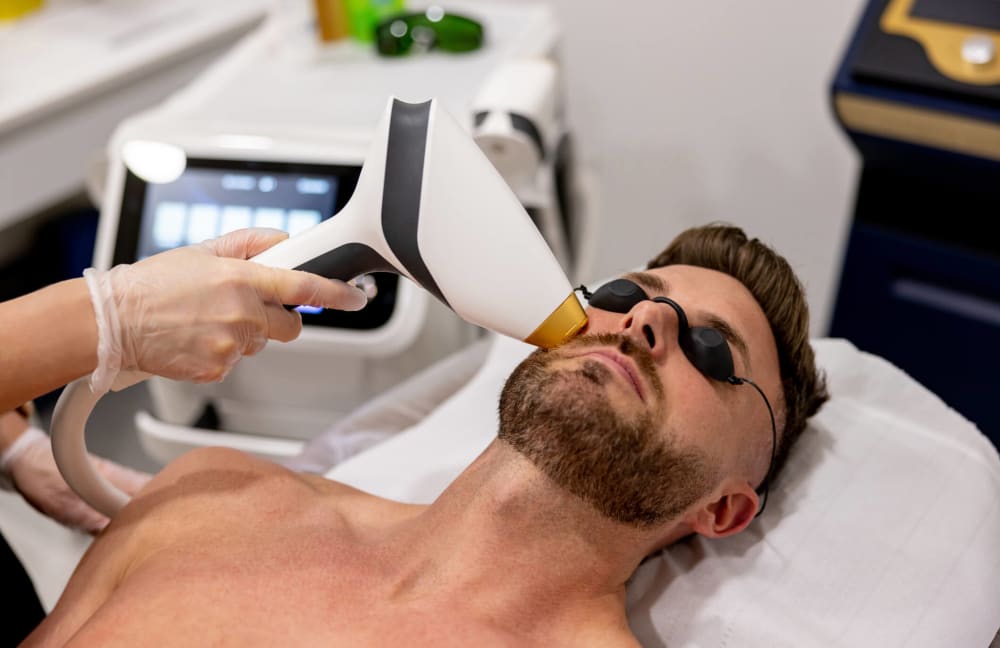Different types of dry sampling

Managing and controlling the distribution of free samples to each customer who enters the store is known as a product sampling program. It is used to evaluate a product’s benefits and accuracy. This approach encourages your target market to acquire your items by increasing customer happiness and boosting sales.
Leading the industry in product sampling is Samplrr. Samplrr functions to assist every brand in finding the best solutions for surviving in a cutthroat industry. Samplrr gives your company access to cutting-edge service to operate at peak efficiency.
The product sampling program has many advantages since it allows clients to try the product. They witness for themselves how useful or practical it is. The primary goal is to increase repeat business by giving potential clients a taste of what the item is and how it could be used. Customers and the company both benefit from the arrangement.
One of the methods is an indirect product sampling program:
Indirect product sampling
Top remote selling occurs during indirect product sampling. The systematic process of providing test products to clients without physical interaction is known as indirect sampling. Here, you can give away complimentary samples of a specific product to various customers who purchase other items from your store.
It can be given along with another item at the cashier or offered as part of a package. This methodology’s most significant but impressive advantage is that it involves virtually no work and pleases both consumers and retailers. Under this comes dry sampling.
- Dry product sampling
Event sampling plus supermarket sampling are the two parts of dry sampling. Both are reasonably priced and provide shops with exceptional prospects and outcomes.
- Event-Based Dry Sampling
- Reach – Based on the Event’s Relevance with the Brand’s Personality, such as a Product. The customer’s need, product, context, and role matrix are satisfied when an energy drink is sampled at a rock concert, and the appropriate target demographic is also attracted.
- Costs may be significant because they may include sponsorship fees and expenses associated with distributing samples.
- Desired Result – If the Product, Contextual, and Role qualities are well-matched, then sampling can provide a corporation with significant financial benefits while also bringing in new customers.
This strategy entails distributing freebies through a particular event. The effectiveness of an event-based sampling strategy depends on the event’s relevance. But handling the crash event is only sometimes possible. If you can take it and provide free samples of an item that people would be interested in, success is assured. However, because it entails event sponsorship and free sample values, the expense of putting this plan into practice is high.
- Supermarket Dry Sampling
- Reach-Low is the targeted goal. You might need to address the audience.
- Cost-Cost is relatively modest because the cost of sample distribution is the main expense.
- Desired Result -Depending upon the product being sampled, for example, FMCG products can profit from the exercise because it provides the chance to divert consumers away from competitors’ products or to raise their awareness and encourage them to try the product, which can help them think about it when making their next purchase decision.
Few Effective Methods For Product Sampling Using Dry Sampling
- For Client Evaluations
Reviews are the word-of-mouth digital extension. They allow customers to consult a variety of sources before making a purchase. Approximately 72% of customers read reviews before making a purchase.
Therefore, customers will select the latter if a competitor’s product has hundreds of reviews and yours has none. Drawing in new clients is challenging because they need to know more about unproven goods. It is possible to get reviews from customers who purchase full-size products. However, a comprehensive product sampling effort can quickly increase user reviews for critical products. You may maximize this effort by providing clients with a discount in return for a review.
- When it comes to UGC (User Generated Content)
Social media is where user-generated material finds a home. This is so because consumers place much more trust in what other customers recommend or don’t than in the brand itself. Compared to conventional influencer marketing, user-generated content is unique. The most engaging content is created by average individuals fervently devoted to your brand who want to impart their knowledge to their followers. Giving your clients something to speak about would be best to encourage better user-generated content. An ongoing sample effort ensures that your supporters always have something new to share with your target group.
- Promoting Full-Size Product Purchases
Most companies operating dry sampling campaigns in product sampling programs want to encourage consumers to buy full-size products. But you cannot provide samples and count on clients to make purchases. Before making this commitment, they need to be fostered. A fee for models sounds strange. However, this tactic implies that consumers test goods with a financial and emotional stake.







